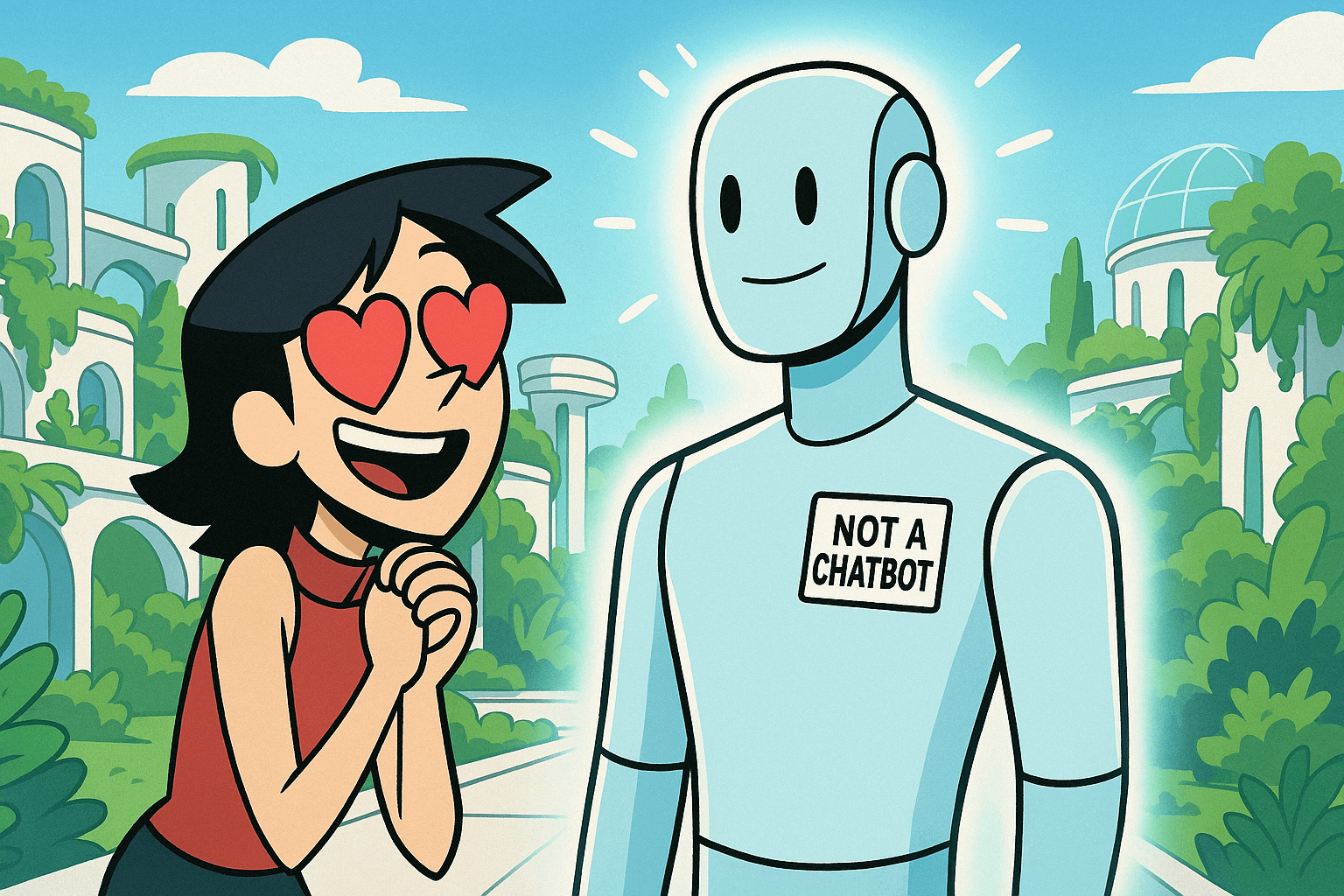What Is Human-AI Interaction Design?

Human-AI Interaction Design is the emerging discipline focused on creating intuitive, adaptive systems where humans and artificial intelligence collaborate seamlessly. It extends far beyond traditional UX design. In an AI-native world, interaction means shaping dialogue, decision-making, behavior modeling, and co-evolution between users and intelligent agents.
At Polyform, Human-AI Interaction Design is not theory. It is a core execution discipline grounded in real-world product development across AI, AR, and spatial computing platforms.

Why Human-AI Interaction Design Matters
As AI systems become more autonomous and context-aware, the primary challenge shifts from improving models to refining the quality of human-AI interaction. Poor design erodes trust, introduces ambiguity, and leads to low user adoption. Effective Human-AI Interaction Design bridges the gap between machine intelligence and human expectations, making products feel intuitive, transparent, and genuinely useful.
Successful Human-AI interaction empowers users to collaborate with intelligent systems, not simply command them. This requires a new design vocabulary built around adaptive workflows, dynamic state management, and interpretable AI behavior.

Core Principles of Human-AI Interaction Design
From extensive experience across mobile AI applications, AR environments, and spatial computing, Polyform identifies five key principles that define high-performance Human-AI Interaction Design:
1. Context-Aware Interfaces: AI systems must operate with persistent situational awareness, informed by environmental, historical, and user-specific data streams.
2. Cooperative Control Models: Rather than binary automation or manual control, interfaces should enable mixed-initiative interactions where AI suggestions are modifiable, negotiable, and aligned with user goals.
3. Memory and Personalization Surfaces: Users must have access to what the system "remembers" and the ability to edit, update, or forget that memory on demand. Personalization should be transparent and user-governed.
4. Transparency and Traceability: Every AI-driven action must offer visibility into the underlying reasoning and expose clear options for user intervention, correction, or rollback.
5. Multimodal Interaction Fluidity: Systems should fluidly orchestrate voice, touch, gesture, gaze, and environmental cues, adapting the modality mix based on user context and system confidence.

How Human-AI Interaction Design Differs From Traditional UX
Traditional UX design assumes deterministic flows and static system behavior. Human-AI Interaction Design acknowledges stochasticity, emergent behavior, and dynamic user-AI collaboration.
Where traditional UX designs flows, Human-AI Interaction designs systems of intent, adaptation, and negotiation. Key shifts include:
- Static commands evolve into dynamic, context-driven conversations.
- Rigid linear flows are replaced with flexible, goal-directed interactions.
- Deterministic outputs give way to probabilistic, interpretable system responses.
This demands new tools such as prompt orchestration engines, real-time memory management layers, and agentic planning UIs, all tightly integrated into the product's interaction model.

Examples of Human-AI Interaction Design in Practice
- AI Copilots: Systems like GitHub Copilot require intricate balancing of suggestion frequency, confidence signaling, and inline editability. Polyform designs prompt scaffolding layers, editable surface UIs, and progressive disclosure mechanisms to optimize this relationship.
- Autonomous Agent Interfaces: For agentic platforms, we design plan visualization tools, decision-edit graphs, and proactive confirmation layers that help users inspect and steer autonomous operations without excessive cognitive load.
- Spatial AI Interfaces: In environments like Vision Pro and mobile AR, we create multimodal orchestration systems where gaze, gesture, and voice inputs are fused to provide seamless, context-aware interactions with AI-anchored entities in real space.

Why Polyform Leads in Human-AI Interaction Design
Polyform was founded at the intersection of AI, spatial computing, and human-centered product design. We are specialists in turning emerging technology into practical, user-first products.
Our differentiators include:
- Deep specialization in LLM UX design, agentic systems, and AR/AI integration
- 18+ months of focused AI interaction R&D
- Emmy-recognized spatial computing and AR product development expertise
- Proven execution across Vision Pro, Meta Quest, mobile ARKit/ARCore, and AI-native applications
Our philosophy is simple:
Bold ideas only matter if they ship.
Execution, not hype, defines real innovation.

Final Thoughts: The Future is Human-AI Collaboration
The companies that will lead the next era of AI are not those with the most powerful models alone. They will be the ones who master the craft of Human-AI Interaction Design.
Designing adaptive, transparent, and empowering interfaces for AI systems is no longer optional. It is the foundation of next-generation product success.
At Polyform, we are not waiting for that future. We are building it every day.
Interested in redefining how humans and AI collaborate? Let’s build the future together.
Thanks for joining us!
Now check your spam folder to secure your newsletter
More thoughts
Bring your idea to life with better design.
We help startups and innovators launch bold products, faster.Let’s design what’s next, together.




